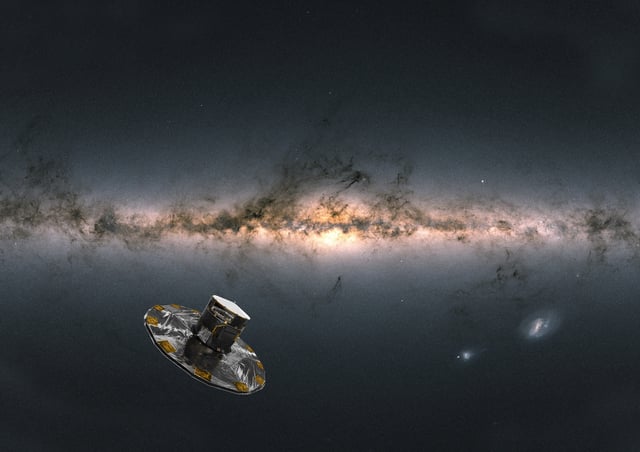Overview
- Gaia, launched in 2013, mapped the positions, distances, and motions of nearly 2 billion celestial objects, creating the most precise multi-dimensional map of the Milky Way to date.
- The spacecraft’s decommissioning on March 27, 2025, included disabling its systems, corrupting onboard software, and moving it to a retirement orbit around the Sun to prevent future interference with other missions.
- Gaia’s data archive, which has already revealed galactic mergers, new star clusters, exoplanets, and black holes, will continue to shape astrophysical research, with major releases planned for 2026 and 2030.
- In its final weeks, Gaia’s propulsion systems were tested to evaluate their performance after 12 years in space, providing insights for future spacecraft design and missions.
- The mission team embedded personal messages and the names of 1,500 contributors into Gaia’s memory as a symbolic farewell, ensuring the spacecraft carries a human legacy as it drifts through space.
